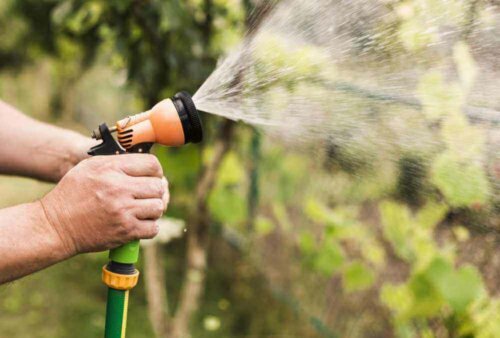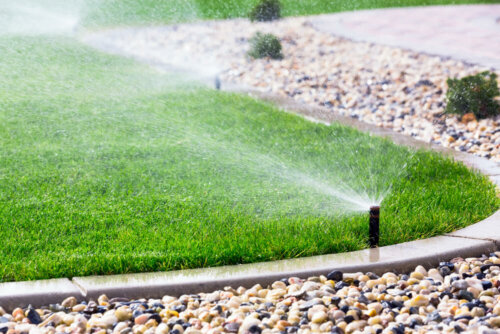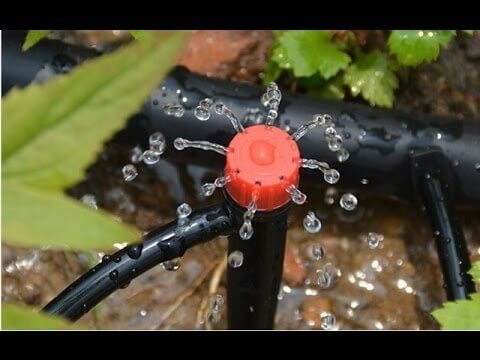Lawn Watering System Types and Features

Finding the right lawn watering system can be difficult. But, whether it’s summer or winter, you’ll need your lawn to be in top shape. For that reason, we’re going to show you some of the best systems.
Green areas require constant care, especially in the summer when temperatures are higher, but also during those dry periods in winter. Often, you can’t dedicate all your time to maintaining it, but there are solutions.
If you analyze the market carefully, there are different ideas to keep the outdoor areas of the house in perfect condition. This doesn’t mean you can ignore your garden and let the appliances work by themselves. You also have to keep a certain amount of control over the procedure.
Lawn watering systems – manual

Traditionally, lawn maintenance has always been done by hand. Water supply is a priority; for this reason, people use different equipment to look after their lawn.
The hose is undoubtedly the most popular item. With it, you can access any difficult corner. Moreover, it usually withstands low temperatures in the winter. On the other hand, it has two disadvantages: it’s bulky and difficult to move around.
Another lawn watering system method is digging ditches and canals that allow the distribution of water. Basically, people have used these systems for a long time, and they continue to work perfectly well. The only problem is the effort involved.
These techniques have been widely used throughout history.
New technical developments in lawn watering systems

Now that you’ve seen the manual possibilities, it’s time to look at the modernization of irrigation. The market offers different options and the automatic system is one of the most interesting. Let’s look at how to install it:
- First, you must make an analysis of the garden. We recommend doing a drawing to look in detail at the whole enclosure. This way, you can make adequate considerations and build a mental plan.
- The next step will be the digging of the trenches where the pipes will be installed. The depth should be 8 inches and the thickness must always be taken into account. You should leave the right amount of space so that they’re not compressed.
- Next, place the faucets and sprinklers at every point where you want to draw the water. They must be located at key points; that is, they must have a specific location that supplies water directly.
- Finally, make sure to correctly install everything so the electrical connection can be made. To create an intelligent operation system you can connect a timer.
Drip irrigation – efficient and water-saving

Instead of wasting water, there’s the option of saving every single drop. You just have to measure and apply the right and necessary amount of water, and in turn, you’ll see considerable savings.
Drip irrigation is the best choice. It consists of a series of pipes with little holes that you control with a timer. This releases drops of water over long periods of time. By doing so, the soil is constantly damp.
As this system is a connected circuit, different terminals, elbows, and joints are required to adapt to the terrain. It should go through the areas where the plants and grass are located and, from there, you can let it do the rest.
More and more households prefer having this watering system. It’s reliable and convenient.
Sprinklers – a step further
This is the most common type of lawn watering system for large terrains. In fact, it’s the most popular in the world of gardening. The sprinklers manage the spread of the water evenly over a greater distance.
However, to operate it, you’ll need to install an electrical connection. Therefore, it relies on a timer that turns it on and off at different intervals. There’s also the option of operating it by using solar energy, which promotes a more ecological system.
All cited sources were thoroughly reviewed by our team to ensure their quality, reliability, currency, and validity. The bibliography of this article was considered reliable and of academic or scientific accuracy.
- Willmann, Thorsten: Jardines fáciles de cuidar, Hispano Europea, 2008.








